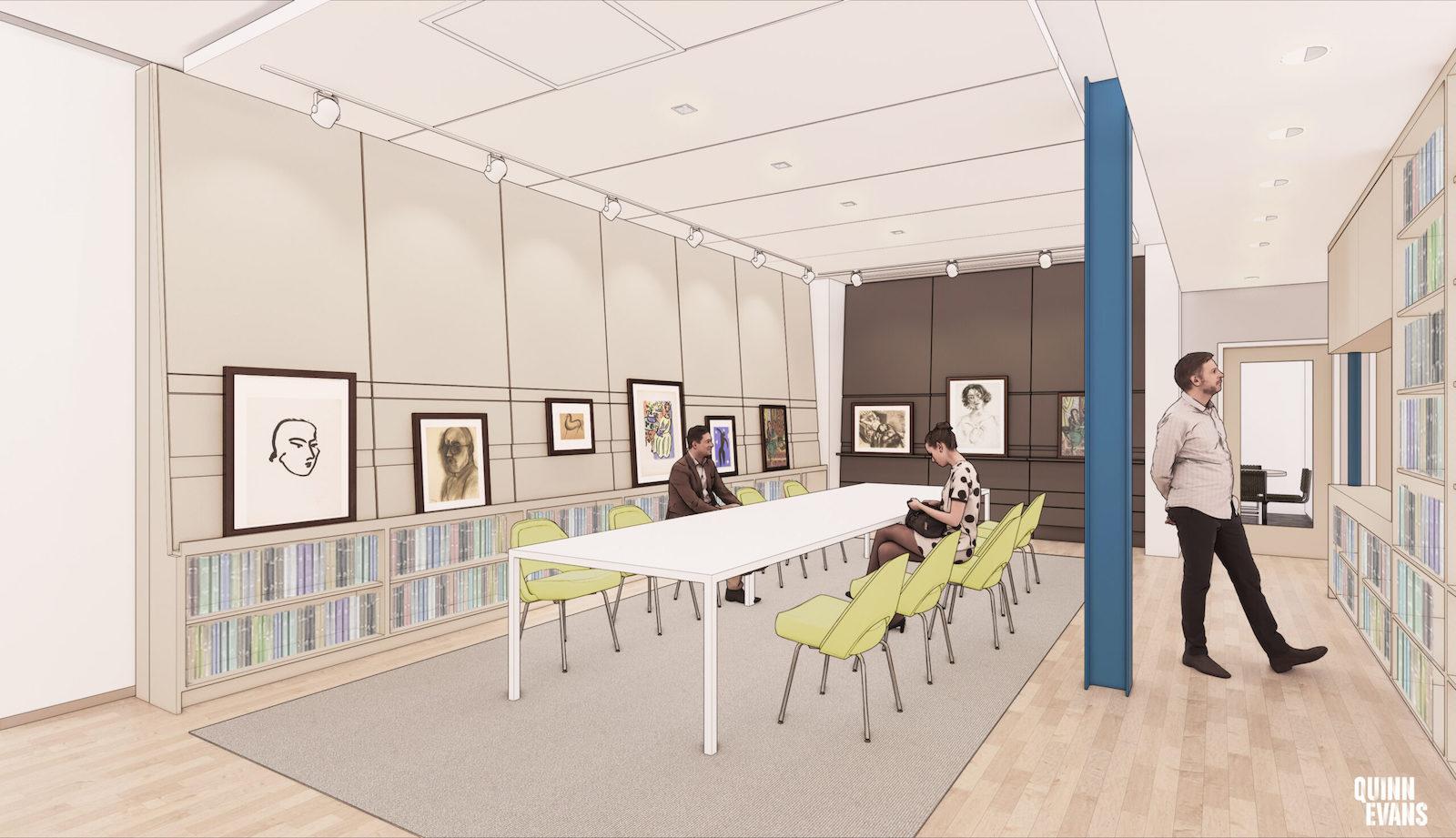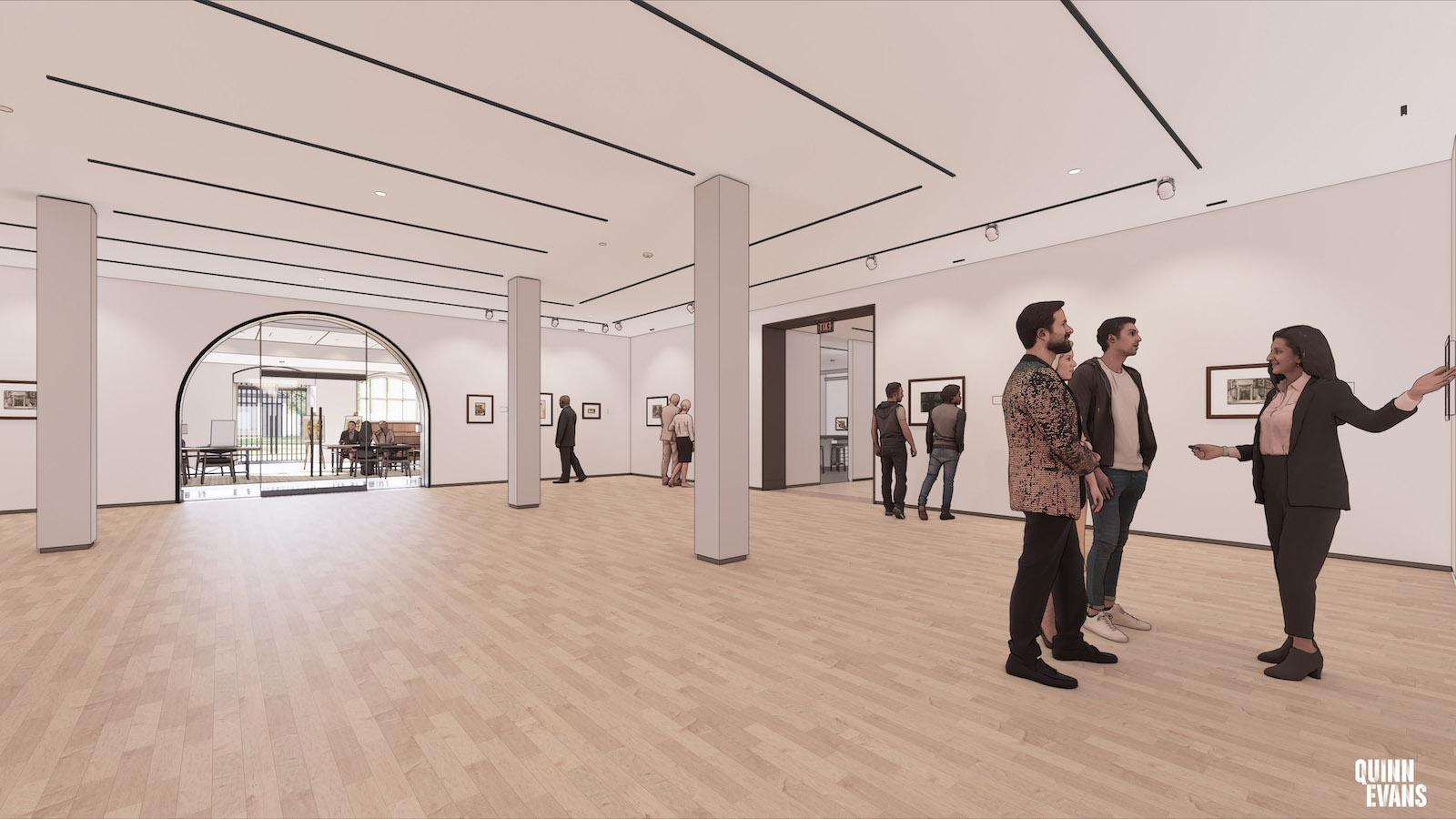The BMA has made surprisingly few announcements regarding specific research goals, and possible impacts thereof. Though this does leave something to be desired, the rich history surrounding the BMA’s Matisse collection thus far is quite promising in and of itself. For example, the collection started when the holdings of Etta Cone—close friend of Matisse—and her sister Claribel were bequeathed to the museum. Decades later, Jay McKean Fisher, who will serve as the namesake of the center’s new gallery space, independently oversaw a near doubling of the BMA’s Matisse holdings during his forty-five-year-long career at the museum.
Announcements concerning The Nancy Dorman and Stanley Mazaroff Center for the Study of Prints, Drawings and Photographs have been a bit more specific—and all the more exciting as a result. Also designed by Quinn Evans Architects, this approximately 7,000 square-foot center wound up costing about $10 million to create—twice as much as the new Matisse center. It will house 67,000 works on paper that span from the fifteenth century to the present day. Additionally, the center will feature a large exhibition gallery, study room, preparatory room, new offices, and improved storage.































